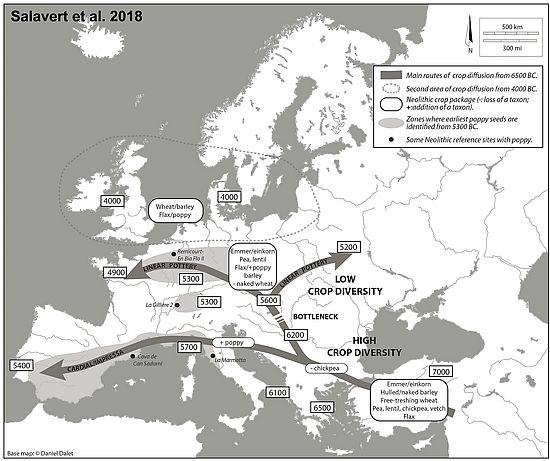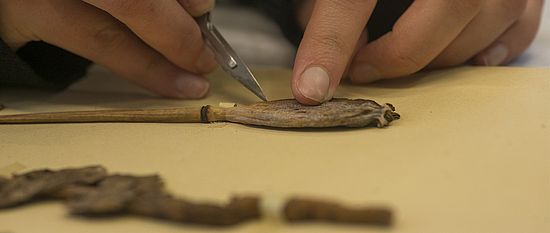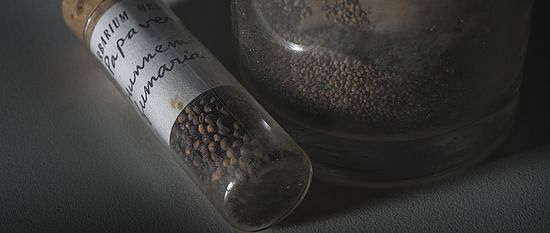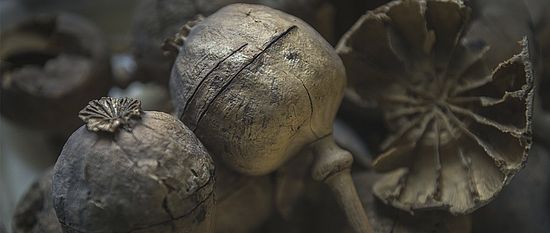The origin of opium poppy (Papaver somniferum L.)

Opium poppy has been an important medicinal plant and food resource for many societies since Prehistory. Despite this, we do not have a clear idea of its domestication process. Given the spread of its presumable wild ancestor (Papaver somniferum subsp. setigerum (DC.) Arcang), it could have been cultivated in the Western Mediterranean for the first time with the arrival of the first farming populations. Available archaeobotanical records show that it was first present in this area (ca. 5700-5300 cal. BC) and only slightly later (ca. 5300-5200 cal. BC) in central and northern Europe. But is this impression not an artefact of the state of research? And how can we know if opium poppy was domesticated in this area?
In order to tackle these questions we joined forces from a research grant (to A. Salavert) funded by the Fyssen Foundation at the MNHN and our SNF-funded AgriChage Project (SNF Professorship Antolín) in order to
- date the first occurrences of opium poppy in different regions of Europe (for this the dating system ECHo-MICADAS will be used to date the very small seeds of poppy)
- compile all archaeobotanical data available regarding opium poppy in Neolithic Europe
- make tests for the preservation of aDNA in archaeological (uncharred) poppy seeds and
- initiate a sampling process of wild and domestic subspecies of Papaver somniferum from different herbaria in Europe for genetic analyses (from the leaves) and the use of geometric morphometrics to study seed morphology.
This exploratory project, combining several approaches – radiocarbon dates, GIS/cartography analyses, geometric morphometrics and genetics – will give us a first insight on the origin and the first diffusion of poppy, and will be the basis for the application for a more ambitious project.
Quick Links
Social Media











